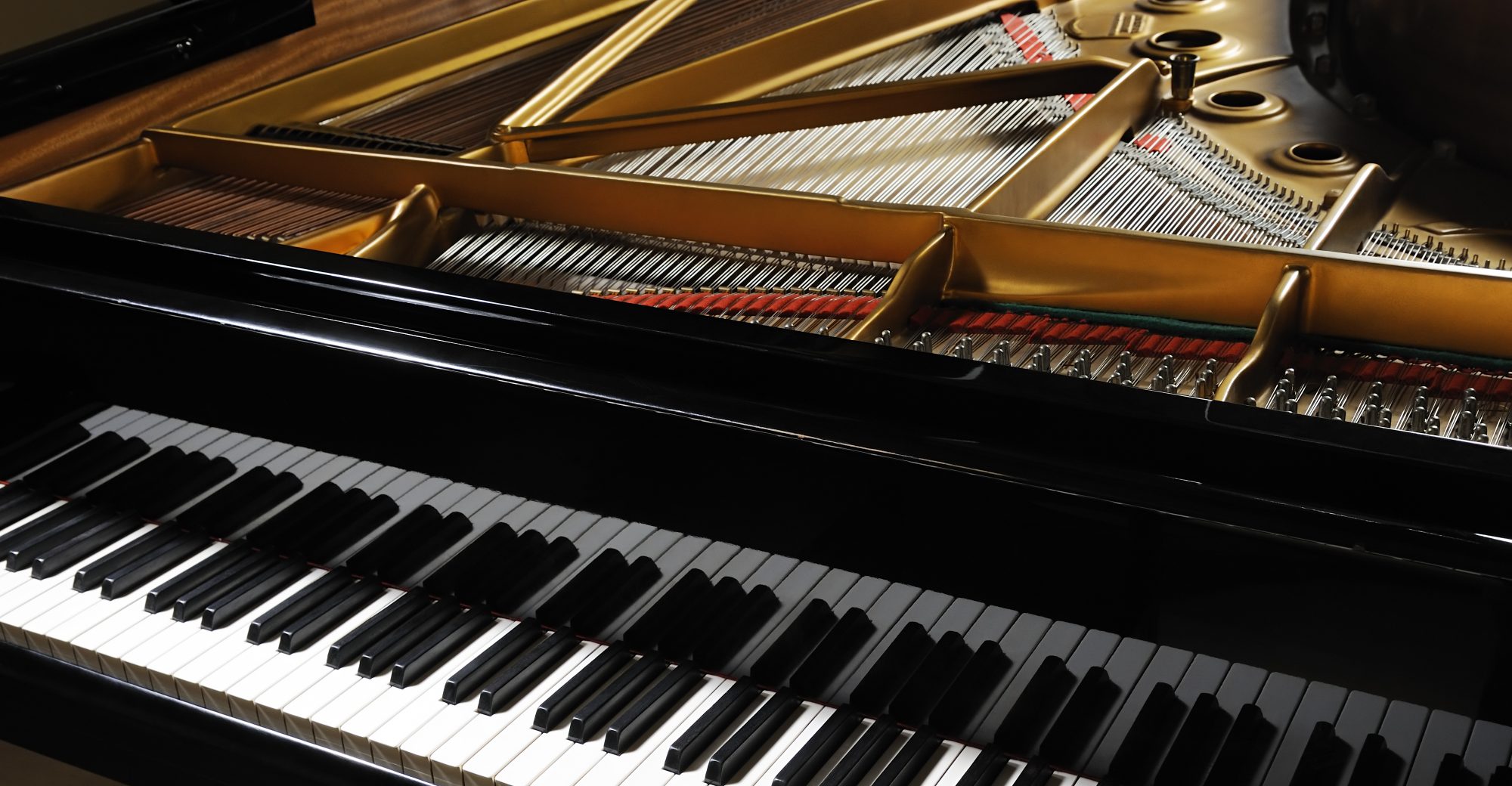I delivered my team’s design review presentation this week, and overall conveyed the design requirements and status of our project well. Analyzing the feedback, I see we need to bring some more of the use case requirements into light. I will work with the team to ensure Nora emphasizes the use case metrics in our final presentation.
Last week, I talked about the preliminary code skeleton which I have worked to expand upon. Since then I have made some modifications and additions. The powershell script to call Audiveris now executes in foreground to signal the completion of the OMR job. Following this, I modified the python script to unzip the generated mxl file after the powershell job completes. For testing purposes, I also added a testing function that runs the whole pipeline of reading music, unzipping, passing the xml to python data structures, and then playing the music data through computer speakers. This was possible after doing more research into the music21 library and understanding respective formats and syntaxes.
I have also better understood a portion of how to create our notes scheduling algorithm. Once music21 has loaded the musicxml file into a stream, it separates the notes into parts. For the case of piano music, a bass clef and treble clef. Then within each of these parts I can access an array of measures, each of which contains an array of notes, rests or chords (which are also sort of arrays of notes). More work will have to be done in integration to set up our own player which will line up the note to the appropriate solenoid, but otherwise whatever note(s) the application is sitting on in the music21 structure should be directing some solenoid with the GPIO signal to be on.
Our team has also migrated code to GitHub. All of my contributions are pushed to my forked copy of the team repo. This allows us to verify modifications by inspecting each other’s commits before merging. Overall, I am on schedule. My task for the week was to “modify XML/MIDI output to integration specs”, and I accomplished this with my preliminary music21 code. Next up, I will diagram the front end layout for the application. I think if time permits (though I probably will dedicate the rest of my time to writing up the design report with my team) I should also research what framework will be best to implement the application in. At the moment, pygame seems like a reasonable choice to meet our design requirements (especially the 150 ms latency time).
